Set down in the southwest of China, Yunnan Province is bordered with the Chinese provinces of Guangxi, Guizhou, and Sichuan, and the Tibet Autonomous Region, as well as the countries Vietnam, Laos, and Myanmar. The furthest southwest point of China, part of Yunnan was once encompassed in the ancient Tibetan Empire. Tibetan people still live in Yunnan Province, in the Diqing Tibetan Autonomous Prefecture in northwest Yunnan.
Kunming is the regional capital of the province, and lies at an altitude of 2,000 meters, yet has an almost tropical climate due to its closeness to the southern coast of China. Due to the beautiful landscapes and mild climate, Yunnan is a popular tourist destination in China. While many of the tourists are Chinese, there are an increasing number of foreign tourists visiting the province, and especially those with an interest in heading for Tibet. While not as popular as Sichuan on the road to Tibet, Yunnan Province offers some of China’s most stunning scenery and landscapes, especially in the Diqing Tibetan Autonomous Prefecture. Traveling to Tibet’s capital, Lhasa, from Yunnan normally means starting in Kunming, the regional capital, and there are several ways one can get from Yunnan to Lhasa.
Kunming to Lhasa Overland by Car
The Yunnan-Tibet Highway runs from Kunming to Lhasa, starting on the G214 National Road going north and connecting with the G318 National Road heading west, also known as the Sichuan-Tibet Highway. The highway traverses more than 2,200 kilometers of Yunnan and Tibet, through mountainous landscapes that are some of the most breathtaking views in the world. Known locally as the Dian-Zang Road, the journey starts in Kunming and heads north along the G214, through thick primeval forests, deep valleys, and high mountain passes. The road runs through Dali and Lijiang on its way to meet the Sichuan Tibet Highway, as well as the now-famous Chinese town of Shangri-La.
As it heads north through Deqen in the Diqing Prefecture, the road soon crosses the boundary line between mainland China and Tibet, and heads towards the Sichuan-Tibet Highway at Markam. From there the road turns west, following the G318 through Nyingchi Prefecture to finally end in Lhasa. The route along the G318 is one of the most astounding routes in the world, and is renowned for its scenery and snow mountains as much as it is for being one of the world’s most dangerous roads. Crossing high mountain passes and dipping into deep valleys, the road is often little more than a dirt track, which also carries heavy trucks along it heading to and from Lhasa.
Despite the Tibetan Plateau area being at extremely high altitudes, it can be quite mild as temperatures go. May to November is the optimum time to travel along the Yunnan-Tibet Highway, when the weather is at its best and the skies are nice and clear. Summer can be a little dodgy, with the monsoon rains sometimes turning the dirt portions of the road in mud-traps, and the road surface can get a little slippery at times. There is also a higher possibility of landslides and mudslides during the rainy season, especially in the more remote mountain areas. Spring and autumn are the very best times to travel ,as there is less chance of rain getting in the way of the trip, although winter should not be attempted due to the extreme cold weather and the high chance of snow in the mountains.
There are a number of great places to stop along the route, especially the town of Shangri-La. Named after the mythical city in the 1933 British novel, Lost Horizon, by James Hilton, the Chinese place known now as Shangri-La used to be called Zhongdian County, until it was renamed in 2001 to attract tourists. Known in Chinese as Xianggelila, the county was originally known to the local Tibetan people of the area as Gyalthang, which means “Royal Plains”, and is still referred to by Tibetans in the name of the town of Jiantang, the county seat of Shangri-La.
Dali is also an interesting place to visit, as the historical center of the ancient Nanzhao and Dali kingdoms, and in Chuxiong you can find the home of the Yi ethnic minority and their ancient home town. Lijiang town has been named as a UNESCO World Heritage Site for the Naxi minority city that exists there, as one of the last Naxi old towns left in China.
Traveling the route from Yunnan to Tibet is another of China’s great epic journeys, and while it is possible to travel the road in Yunnan Province without a guide, foreign tourists are not permitted to drive in China without a local license, nor travel in Tibet without an organized tour. For the best in overland tours from Kunming to Lhasa, Tibet Vista can make all the arrangements for you.
Cycling from Yunnan to Tibet via Shangri-La
Cycling from Yunnan Province in mainland China to Lhasa, the capital of Tibet, is a journey of epic proportions, which travels through landscapes with some of the most stunning scenery in the world. The route heads north on a fairly well paved road from Kunming, through Shangri-La and the Diqing Tibetan Autonomous Prefecture to join up with the Sichuan-Tibet Highway at Markam, in Tibet. Throughout Yunnan, as far as the G318, the road has been asphalt surfaced, and is easy to travel on, except where it climbs the high mountain passes along the way. But even these are worth the climb, to see the amazing views of the surrounding mountains from the top.
Once you reach the Sichuan-Tibet Highway, however, the road condition does deteriorate in places, leaving nothing more than gravel or dirt roads to travel on. While this is not a problem for an experienced cyclist on a good mountain bike, riders should take care on these stretches, as they are often the parts of the route that climb through the mountain passes, and down the other side, and in places can be wide enough for only one vehicle. Majority of the road, however, is in fair condition, although cyclists should be wary and aware of other road users. The Sichuan-Tibet Highway is a busy road in the peak months of Tibetan tourism, and often sees a lot of traffic between May and November.
The best time to cycle this route is from August to October, when the rains have gone and the skies are clear, but it is no longer as hot as in the summer months. Autumn is also good for the views, as the leaves start to turn golden rustic colors, and make for some great photography to add to your epic journey. The route can also be done in spring, from April to early June, although it can still be a little cold at this time of year in Tibet. The weather is still good, and the skies are clear up to the summer monsoon season. Summer and winter should really be avoided for cyclists, and the rainy season can cause flash mudslides and the winter is much too cold to cycle the route in the high altitudes.
Kunming to Lhasa by Flight
For flights from Kunming to Lhasa, there are two direct carriers that fly the route. Air China and China Eastern Airlines run daily flights from Kunming Airport direct to Lhasa Gonggar airport. Sichuan Airlines also runs daily flights to Lhasa from Kunming, via Lijiang, while Tibet Airlines runs daily flights via Nyingchi and China Eastern Airlines has flights running every day going via Lijiang or Diqing. Direct flights take around three and a half hours, while indirect flights can take up to five hours depending on the layover time.
The direct flight for Air China leave daily at 09:25 and the return flight from Lhasa to Kunming leaves at 19:50, while the direct flight with China Eastern leaves daily at 15:05 and returns at 18:50. China Eastern also have flights going via Lijiang at 07:30, returning at 12:00, and via Diqing at 09:00 and returning at 13:35. For Sichuan Airlines, the flight leaves Kunming at 07:30 and the return flight leaves Lhasa at 12:00. And for Tibet Airlines, their flight to Lhasa from Kunming leaves at 19:50 and returns the following day at 09:25.
Flight costs can vary with the different airlines, and also depend on whether there are connecting stops along the way. Prices start at around US$ 327, and can be as much as US$ 991 in the height of the peak season. It is best to search around for the best flight deals.
Kunming to Lhasa by Train
There is currently no direct train from Yunnan to Tibet, and travelers usually have to fly direct from Kunming Airport to Lhasa Gonggar, take the train to Chengdu and then fly to Lhasa, or take the highway from either Chengdu or Kunming.
Travel Documents Needed
While the only document needed to travel in Yunnan is the Chinese Entry Visa, there are other documents you will need to get into and travel around in Tibet. The first of these is the Tibet Travel Permit, which is obtained by a registered tour operator such as Tibet Vista once you have booked your trip to Tibet. The Tibet Travel Permit is needed to enter Tibet, and to travel around in the open areas in and around Lhasa. For travel to the “unopened” areas of Tibet outside Lhasa, you will need the Alien’s Travel Permit, which is also obtained by the tour operator for you.
This would normally be enough for travel within most of Tibet, except the military-sensitive areas, and since Nyingchi is one of those military-sensitive areas, you will also need the Military Permit to pass through it on the way to Lhasa. Again this is obtained by your tour operator, and while these two permits (Alien’s Travel Permit and Military Permit) are only normally issued once you are in Lhasa due to the need to have your original passport to obtain them, they can be applied for by the tour operator once you reach Yunnan Province in China, before you leave.
Packing List for Yunnan Tibet Tour
It can get cold in Tibet and the higher areas of Yunnan even in summer, especially at night, so warm clothing will still be needed. Temperature variations are fairly large between day and night, and even in the height of summer it can get close to freezing. Spring and autumn are also a little cooler than summer, so warm clothing is a necessity, as well as hats, gloves, and a good fleece or down jacket. Several thinner layers are better for keeping warm than a few thick layers, and this makes it easier to stay cooler or to warm up by adding and removing layers as needed.
While traveling by heated car may not require warm clothing, you may still need it when you stop at night, and if you are doing the driving, softer shoes are best, with some good solid boots or shoes for walking around outside. Some of the sights along the route can be on rough and rocky ground, and soft shoes are not very suitable. Sun cream, lip balm and moisturizer are also a good idea, as the daytime sun on the plateau can still burn your skin even when it is cold, and the biting wind can damage skin and chafe your lips.
.jpg)



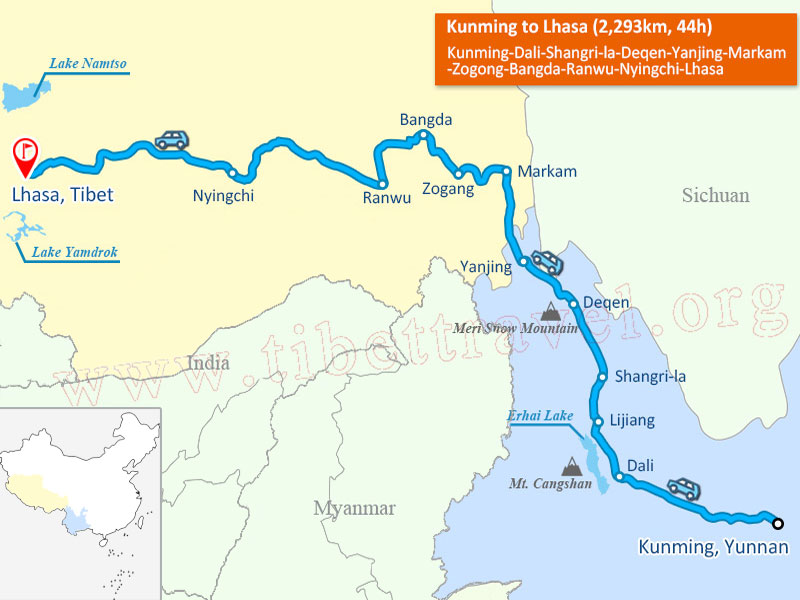
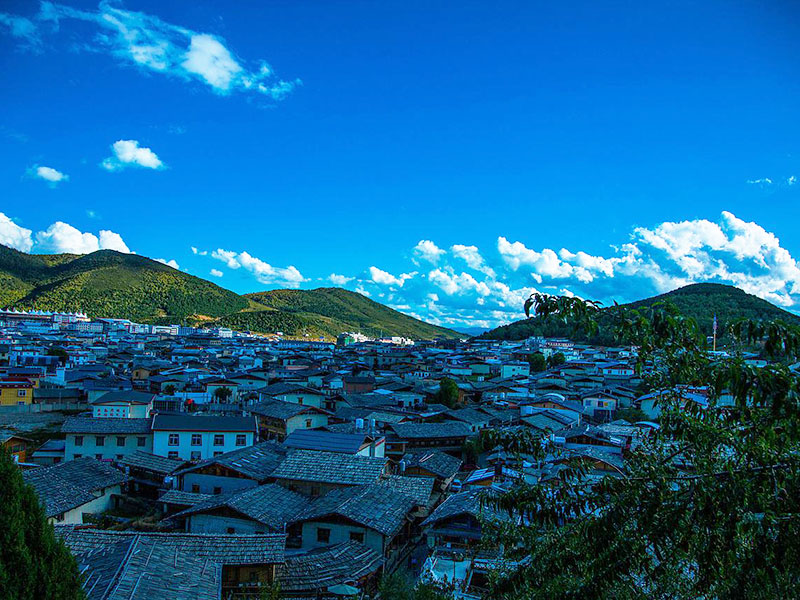
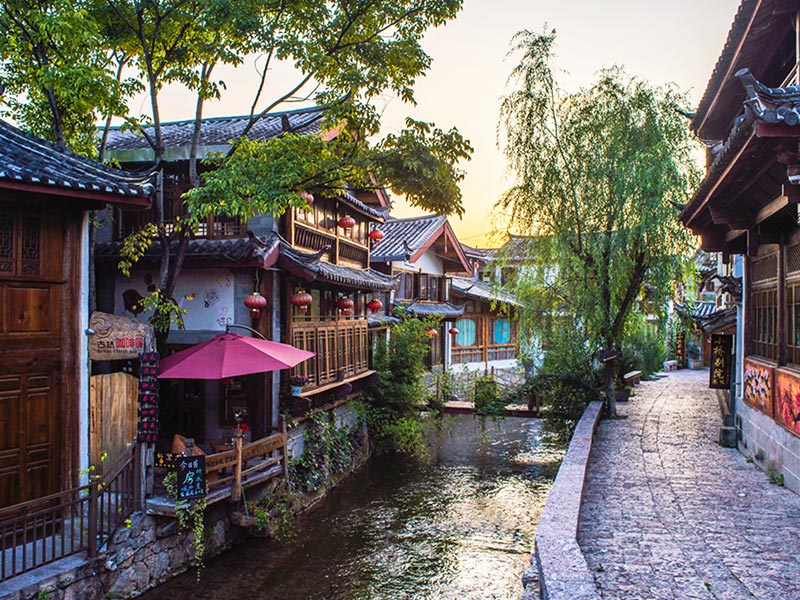
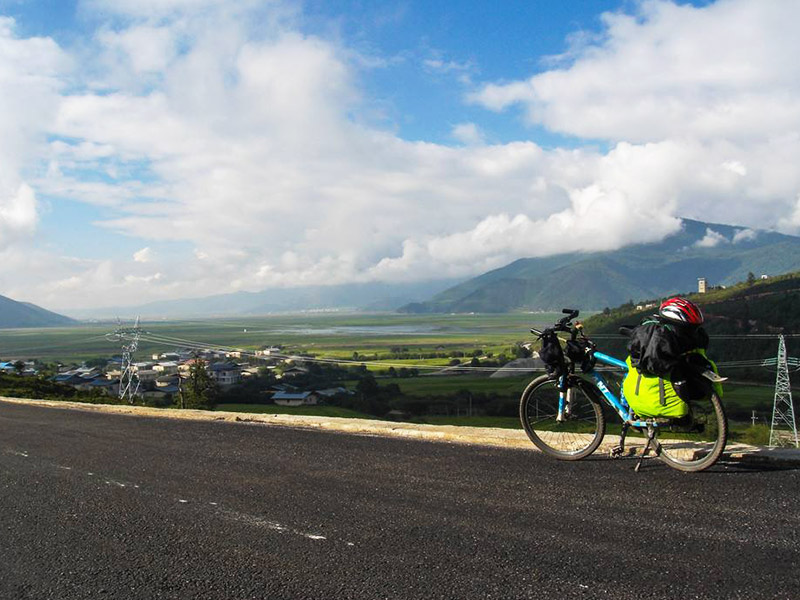
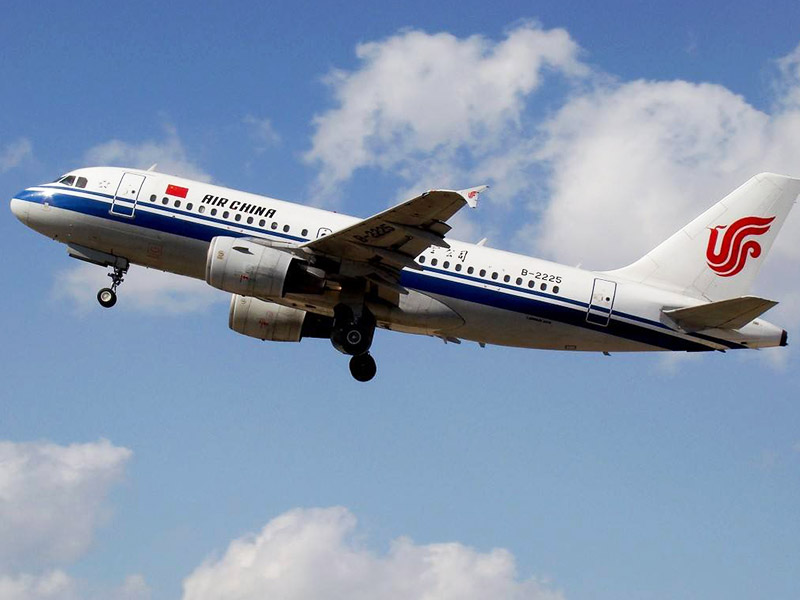

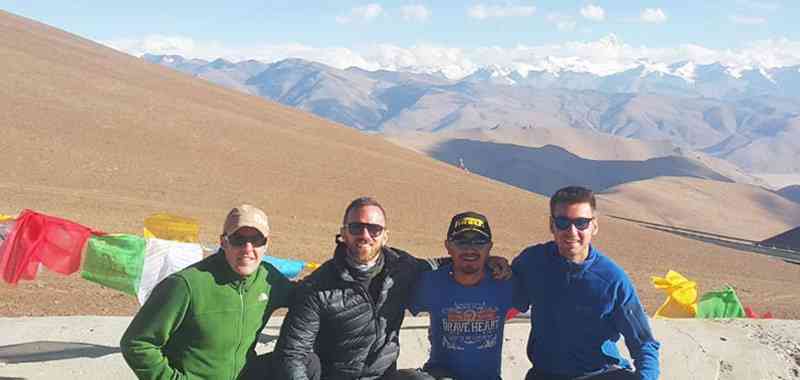

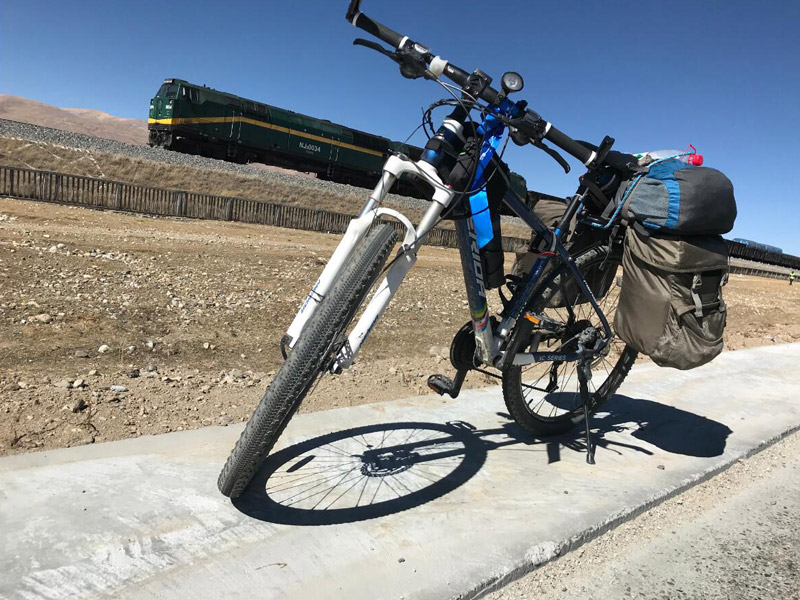
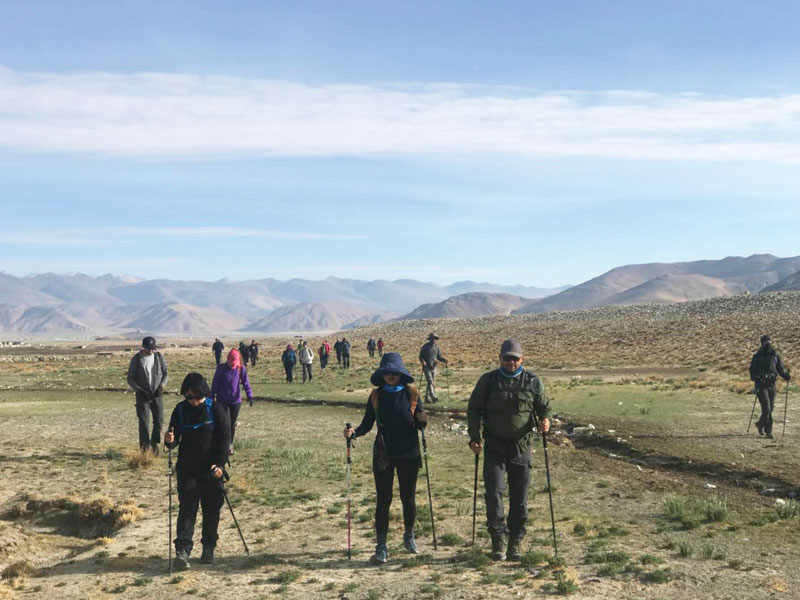





0 Comment ON "Yunnan Tibet Routes: How to Get to Lhasa from Kunming by Highway, Flight or Railway?"